Interview: Stunning Vertical Panoramas Of Churches By Richard Silver




Interview: Stunning Vertical Panoramas of Churches by Richard Silver
More Posts from Smartler and Others

Check out Fingerprints of Water on the Sand via NASA http://ift.tt/1Mxtpaz
Perfect magnets



For a moment, that black and white photo should seem like a full color image. (You have to keep both the image and your head very still).
This illusion was used in the new BBC Four series Colour: The Spectrum of Science.
It demonstrates a phenomenon called “cone fatigue.” When we stare at the purple hillside in picture above, photoreceptors in our eyes called cones are stimulated. They send a signal to our brains that says “You’re looking at something purple.” But the sensing ability of those cones decreases the longer we stare at the image - those receptors are, in a way, temporarily used up.
Then when we look at the black and white image, those same cones can’t detect any purple light. Instead they sense the color that remains: green.

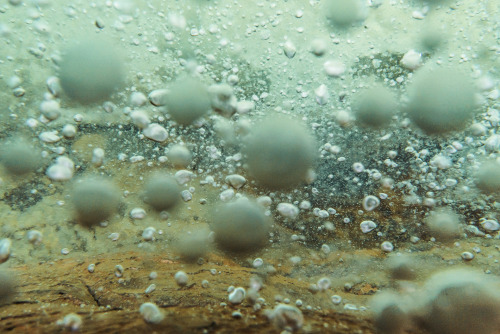

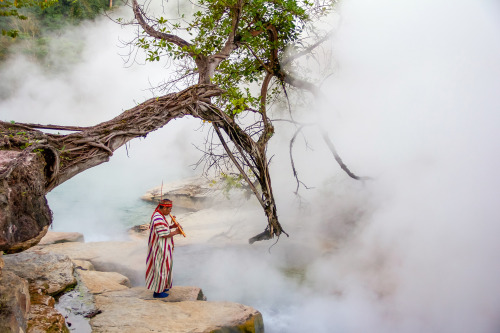

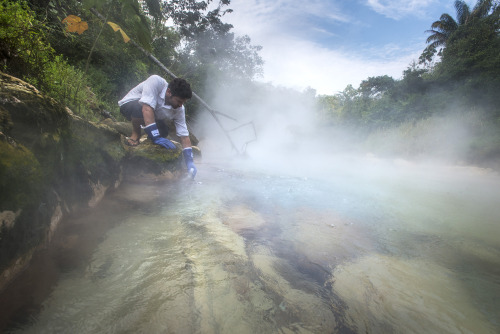
Geologist Andrés Ruzo first heard about the boiling river as child, but it was always thought of as mythical. It was considered “a place of spirits.” But when Ruzo’s aunt insisted a boiling river existed in Peru, he set out to find it. Now, Ruzo is the first scientist to be given the blessing of the local shaman to study the boiling river. Ruzo talks about the mysterious nature of the boiling river on the latest episode of the TED Radio Hour.








Solving the data processing alone is mindnumbing…
The amount of sensory information collected pose a huge storage problem and require real-time signal processing to reduce the information to relevant data. In mid 2011 it was estimated the array could generate an exabyte a day of raw data, which could be compressed to around 10 petabytes.
Square Kilometre Array
The Square Kilometre Array (SKA) is a radio telescope project that will be built in Australia and South Africa. It will have a total collecting area of approximately one square kilometre. It will operate over a wide range of frequencies and its size will make it 50 times more sensitive than any other radio instrument.
The Square Kilometre Array SKA






Scientists at the Pacific Shark Research Center have discovered a new species of Lanternshark. The sharks give off a dim glow thanks to tiny organs in their skin called photophores. When seen from below, they blend in with the dim light that filters down to their dark hunting grounds from the ocean’s surface. In this context, glowing is actually an effective form of camouflage. Lanternsharks incredibly sneaky predators.
Researcher (and shark-discoverer) Vicky Vásquez was describing the sharks’ special power to her young cousins when they suggested the common name Ninja. Its scientific name Etmopterus benchleyi honors Peter Benchley, the author of the novel Jaws who became a vocal advocate for shark conservation.
Image credits: Dr. Douglas J. Long/Dr. Ross Robertson/Journal of the Ocean Science Foundation

Check out our infographic on Venus here: http://astronomyisawesome.com/infographics/10-facts-about-venus/



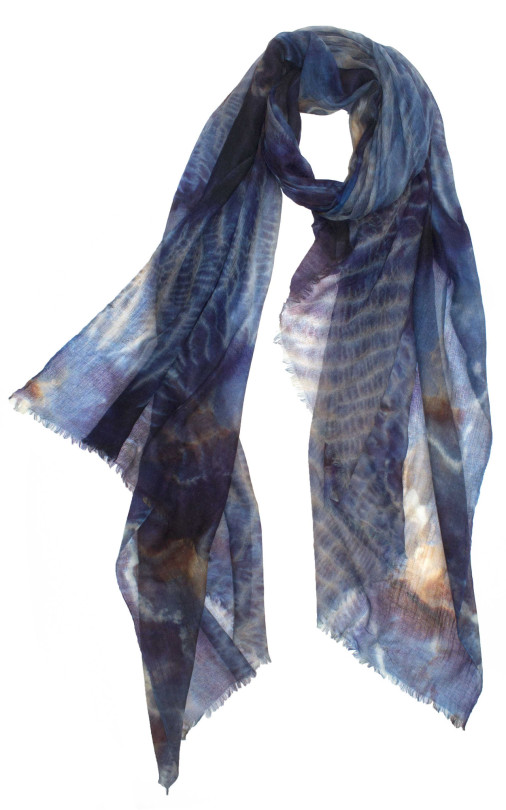
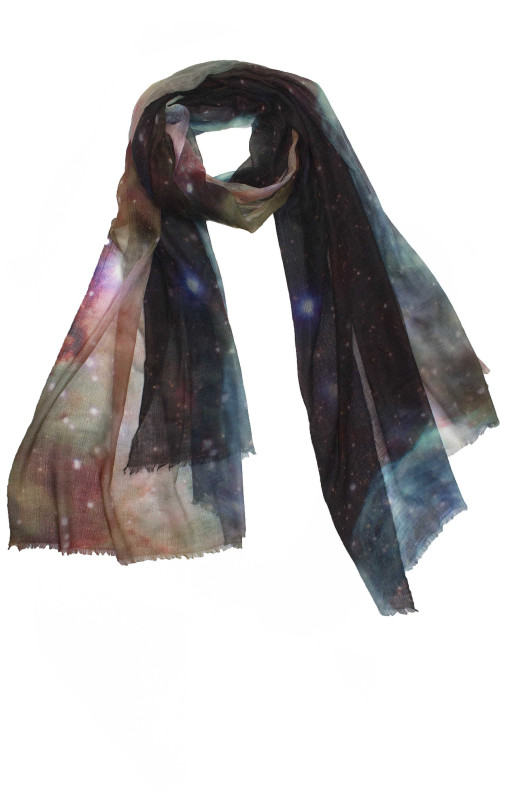
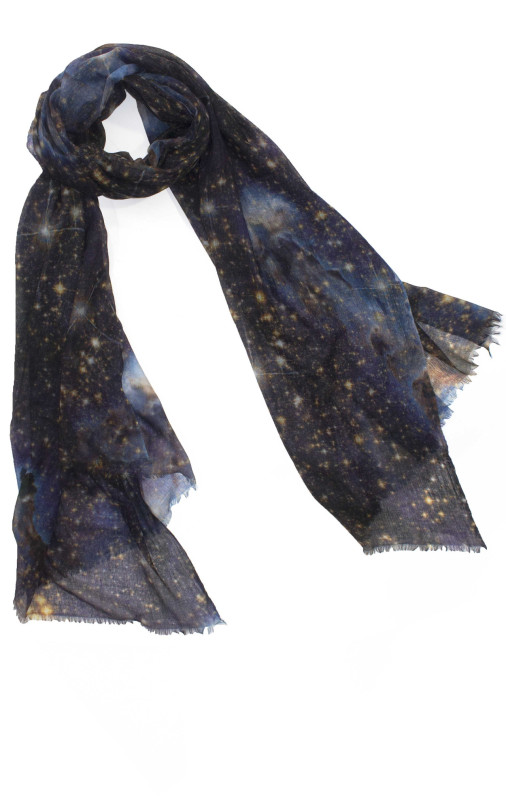
Shadowplay New York brings the beauty and wonder of the universe to hand-crafted, carefully designed and environmentally conscious cashmere scarves. Each piece is digitally printed using real images, often shot from NASA’s Hubble Telescope. See more of their collection on Etsy.

My life in a picture

As a single woman, when I see a man
funny tumblr [via imgur]
-
 nervous-mermaid reblogged this · 3 years ago
nervous-mermaid reblogged this · 3 years ago -
 manebioniclegali reblogged this · 4 years ago
manebioniclegali reblogged this · 4 years ago -
 zitathehun reblogged this · 4 years ago
zitathehun reblogged this · 4 years ago -
 secretlyacrow liked this · 4 years ago
secretlyacrow liked this · 4 years ago -
 sexyblasphemy liked this · 4 years ago
sexyblasphemy liked this · 4 years ago -
 trekraider reblogged this · 4 years ago
trekraider reblogged this · 4 years ago -
 xakara reblogged this · 4 years ago
xakara reblogged this · 4 years ago -
 belladonna4u liked this · 4 years ago
belladonna4u liked this · 4 years ago -
 guard-dogbiscuits liked this · 4 years ago
guard-dogbiscuits liked this · 4 years ago -
 pyonnard liked this · 4 years ago
pyonnard liked this · 4 years ago -
 mydragonlikestoread liked this · 4 years ago
mydragonlikestoread liked this · 4 years ago -
 manebioniclegali liked this · 4 years ago
manebioniclegali liked this · 4 years ago -
 kellatron55 liked this · 4 years ago
kellatron55 liked this · 4 years ago -
 zitathehun liked this · 4 years ago
zitathehun liked this · 4 years ago -
 letsdosomethingspecial reblogged this · 4 years ago
letsdosomethingspecial reblogged this · 4 years ago -
 clueless-confused reblogged this · 4 years ago
clueless-confused reblogged this · 4 years ago -
 noizycat liked this · 4 years ago
noizycat liked this · 4 years ago -
 plaidcat4815 reblogged this · 4 years ago
plaidcat4815 reblogged this · 4 years ago -
 plaidcat4815 liked this · 4 years ago
plaidcat4815 liked this · 4 years ago -
 shoochi liked this · 4 years ago
shoochi liked this · 4 years ago -
 yaytomhiddlestonyay liked this · 4 years ago
yaytomhiddlestonyay liked this · 4 years ago -
 citysoliloquy liked this · 5 years ago
citysoliloquy liked this · 5 years ago -
 inaworldlikeme reblogged this · 7 years ago
inaworldlikeme reblogged this · 7 years ago -
 woodsong liked this · 7 years ago
woodsong liked this · 7 years ago -
 callmestannismaybe liked this · 7 years ago
callmestannismaybe liked this · 7 years ago -
 purple-irises reblogged this · 7 years ago
purple-irises reblogged this · 7 years ago -
 nattie-k liked this · 7 years ago
nattie-k liked this · 7 years ago -
 devilsbastion liked this · 7 years ago
devilsbastion liked this · 7 years ago -
 paleyparksoul liked this · 7 years ago
paleyparksoul liked this · 7 years ago -
 goldfishbookworm reblogged this · 7 years ago
goldfishbookworm reblogged this · 7 years ago -
 lackydodah liked this · 7 years ago
lackydodah liked this · 7 years ago -
 oncemorewithfeeling reblogged this · 7 years ago
oncemorewithfeeling reblogged this · 7 years ago -
 willowfae82 liked this · 7 years ago
willowfae82 liked this · 7 years ago -
 mountaincrone reblogged this · 7 years ago
mountaincrone reblogged this · 7 years ago -
 mountaincrone liked this · 7 years ago
mountaincrone liked this · 7 years ago -
 sassyeggs74 liked this · 7 years ago
sassyeggs74 liked this · 7 years ago -
 littlefeatherr reblogged this · 7 years ago
littlefeatherr reblogged this · 7 years ago -
 littlefeatherr liked this · 7 years ago
littlefeatherr liked this · 7 years ago -
 shigjetarja reblogged this · 7 years ago
shigjetarja reblogged this · 7 years ago -
 sweetcrescent liked this · 8 years ago
sweetcrescent liked this · 8 years ago -
 overlycriticalspice reblogged this · 8 years ago
overlycriticalspice reblogged this · 8 years ago -
 overlycriticalspice liked this · 8 years ago
overlycriticalspice liked this · 8 years ago -
 accioclexa liked this · 8 years ago
accioclexa liked this · 8 years ago -
 llamouse reblogged this · 8 years ago
llamouse reblogged this · 8 years ago -
 yesyeahyei liked this · 8 years ago
yesyeahyei liked this · 8 years ago -
 stwzikohsvm liked this · 8 years ago
stwzikohsvm liked this · 8 years ago -
 dolce-amanta reblogged this · 8 years ago
dolce-amanta reblogged this · 8 years ago